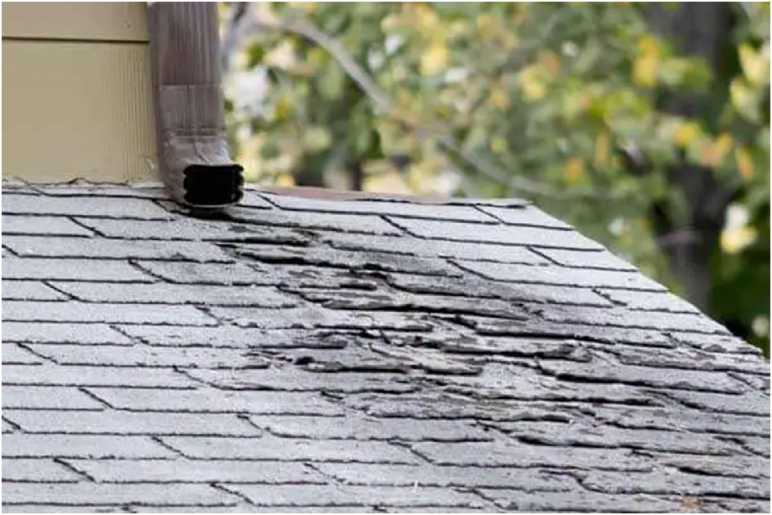Deciding whether to repair or replace your roof can be a challenging task for any homeowner. Your roof is essential for protecting your home, and making the right decision is crucial. Here are six ways to help you decide if you need a damaged roof repair or a complete home roof installation.
1. Age of the Roof
The age of your roof is a significant factor in determining whether to repair or replace it. Most roofs have a lifespan of 20 to 25 years. If your roof is approaching or has exceeded this age, it might be time to consider a home roof installation. Older roofs are more likely to have issues that could lead to more significant problems down the line.
2. Extent of Damage
Inspect your roof for visible signs of damage. Minor issues like small leaks or a few missing shingles might only require a damaged roof repair. However, if you notice widespread damage, such as large areas of missing shingles, severe leaks, or extensive water damage, replacing the roof might be a better long-term solution.
3. Frequency of Repairs
Take note of how often you need to repair your roof. If you find yourself calling a roofing contractor frequently, the cost of repeated repairs can add up quickly. In such cases, a new home roof installation might be more cost-effective in the long run.
Continuous repairs indicate that the roof’s overall integrity is compromised, and a replacement could save you from constant headaches.
4. Roof Sagging
A sagging roof is a clear sign of structural issues. If you notice that parts of your roof are sagging or dipping, it’s essential to address this problem immediately. While a minor sag can sometimes be repaired, significant sagging often requires a full roof replacement to ensure the safety and stability of your home.
5. Energy Efficiency
Older roofs might not be as energy-efficient as newer ones. If you’ve noticed a spike in your energy bills, it could be due to your roof not providing adequate insulation. Modern roofing materials are designed to improve energy efficiency, which can lead to long-term savings on your utility bills.
In this case, investing in a home roof installation can enhance your home’s energy efficiency and overall comfort.
6. Selling Your Home
If you’re planning to sell your home in the near future, the condition of your roof can significantly impact its market value. A new roof can be a strong selling point for potential buyers, providing them with peace of mind and reducing their immediate maintenance concerns.
On the other hand, if your roof is in decent condition but needs minor repairs, addressing those issues can still improve your home’s appeal without the higher cost of a full replacement.
Conclusion
Deciding between a damaged roof repair and a home roof installation depends on various factors, including the age of your roof, the extent of damage, frequency of repairs, structural integrity, energy efficiency, and your plans to sell your home.
Carefully assessing these factors will help you make an informed decision that ensures the safety and longevity of your home.
Have A Look :-
- 10 Common OfferUp Scams To Stay Safe In 2024
- 10 Iconic Adam Sandler Outfits which you should try in 2024
- Space Adventure: Blast off into outer space with alien symbols and cosmic bonuses

